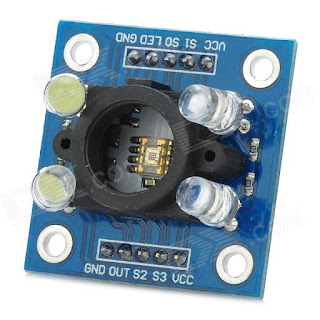Fundamentals of Bluetooth Low Energy
Bluetooth is a wireless technology for communication which has simple characteristics but can give higher level of security. It is widely used in many applications belongs to vast range of fields due to low power consumption and low cost. Any two Bluetooth enabled devises which are close to each other can be connected by pairing and that creates full duplex communication for data and voice. This paring and data sharing can be done up through eight devices. One device which is called as the master device acts as a hub and other devices within the network communicate though the master device. Full duplex competences of Bluetooth help for so many smart applications by giving mobility. Bluetooth Low Energy(BLE) is initially Designed by Nokia as a part of version 4.0 specially for low cost and power consumption.
So, I think past problems which we have experienced with Bluetooth technology such as fast battery draining and regular connection losses have been overcome with BLE enabling widely usage for mobile platforms. Because of the world is becoming a global village, need of more and more smart devices to connect with each other. This technology has offered a good opportunity to peripheral vendors for improve their innovative ideas.
Bluetooth technology is very familiar with the telecommunication subjects which we are still studying and wish to study in future semesters. As we knew the fundamentals of Bluetooth technology we can expand our practical side as well as to use this BLE for embedded systems.
Bluetooth Low Energy for Internet of Things
In the field of designing and developing Internet of things (IoT), Bluetooth Low Energy has so many benefits dues to its low power consumption wireless connectivity method. This wireless protocol version which is available with the Bluetooth 4.0, is specially designed for low power applications such as mobile devices with small batteries, by dropping the transmitting power and data rates compared to the current 4.2 version. It has a limited power with a 50m range and data speed of 0.27 Mbps.
 |
| BLE module for Raspberry Pi |
When these technology is used in a IoT applications, designers must consider the expected range and data rates and design device using strategies to attain the low energy consumption. They can also choose to have their BLE devices at all times pair with a master to launch bidirectional communications, or run in "Advertising Mode" which allows periodically send data to a receiver without using the energy desired to establish and maintain a full, two-way link for transmission of small amount of data packets.
Because of the very compact design of BLE transceiver modules it allows us to use them in most of the mobile devices related to wireless radio frequency communication. Frequent problems with Bluetooth technology such as fast battery draining and systematic connection losses have been overcome with BLE enabling widely usage for mobile platforms. This technology has offered lots of chances to inventors to get the expected functionalities of their IoT device designs.
These are reviews for the IEEE embedded magazine articles;
http://www.embedded.com/design/connectivity/4458047/BLE-modules-simplify-IoT-design
http://www.embedded.com/design/connectivity/4442870/Bluetooth-low energy--BLE--fundamentals























